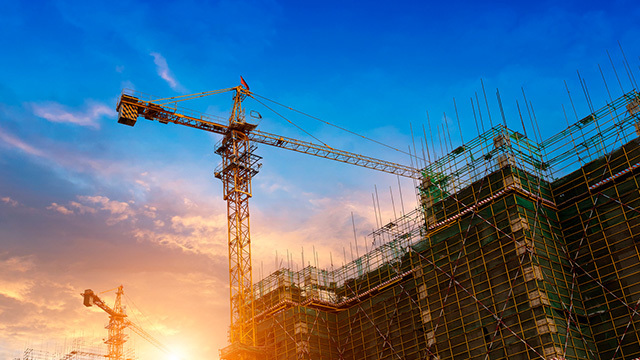
Building projects through ODA not in conflict with PPPs – ADB
While the Duterte administration favors official development assistance over public-private partnerships, the Asian Development Bank says PPPs ‘will continue to be a way of doing business’
Published 7:05 PM, November 23, 2017
Updated 7:05 PM, November 23, 2017
https://www.rappler.com/
MANILA, Philippines – The future of public-private partnership (PPP) projects in the country looks rosy despite the government’s focus on official development assistance (ODA), according to the Asian Development Bank (ADB).
This is despite the Duterte administration’s approach of using ODA to build infrastructure first, and then using PPPs for operations and maintenance of the projects.
“The government is modifying [the projects] by combining them with ODA and this is not new. The difference is that ODA is being procured up front and then the PPP is coming afterwards,” Jett explained.
He noted that the previous build-operate-transfer model also made use of ODA but later on in the project, with the winning bidder using the ODA to lower its costs.
“Sometimes there’s a misperception that PPP and ODA models are conflicting, but in fact, you have them both. It has advantages and challenges. One advantage is that you may procure quicker depending on the situation, but there may be tension between the firm who built it and the eventual operator,” Jett said.
The ADB, he added, has been working with government line agencies to bring in operators early to mitigate that risk.
Jett also pointed out that the new approach is likely to attract foreign firms.
On the flip side, however, local conglomerates who have been participating in PPP projects “may hurt a little from the change,” said Jett.
But he also added that “the banks will still have a business because they will be doing the construction funding, and some of the conglomerates are likely to partner with foreign firms.”
The Philippines has been making use of PPPs to boost its infrastructure, which the ADB found is among the weakest in the region – averaging just 2.2% of gross domestic product (GDP) from 2011 to 2015.
The multilateral agency found that 119 PPP projects valued at $56.9 billion have reached financial close, with 65% of them in the energy sector, 36% in information and communications technology, 18% in transportation, and the remainder in social infrastructure.
Financial market boost
“Local banks can provide very long tenures from, above 10 years, and are happy to take that risk, and that makes it bankable because the payment profiles stretch out to 25 years and there’s room to increase the tenure of these loans even more,” Jett explained.
He added that one of the country’s strengths is a clear procurement process for PPPs.
“People trust the pipeline of projects which is not the case in other countries where they don’t always have a methodology or a PPP center, while the Philippines has dedicated institutions for that so it tends to be very strong,” Jett said.
Despite this, the country still faces some regulatory challenges such as the 60-40 rule limiting foreign ownership. Under the 1987 Constitution, foreign ownership of companies in the Philippines is limited to 40%.
Malacañang, in a memorandum order signed last Tuesday, November 21, ordered the easing or lifting of foreign investment restrictions in 8 areas. – Rappler.com










